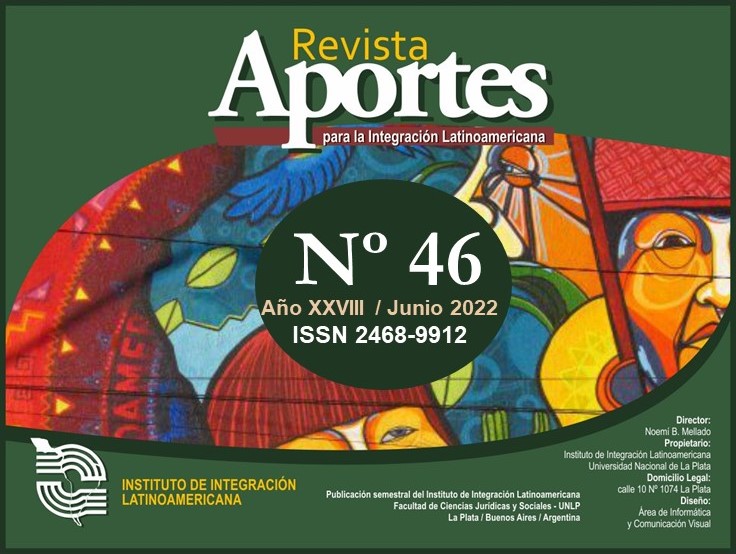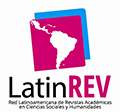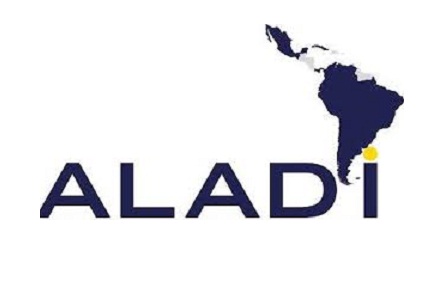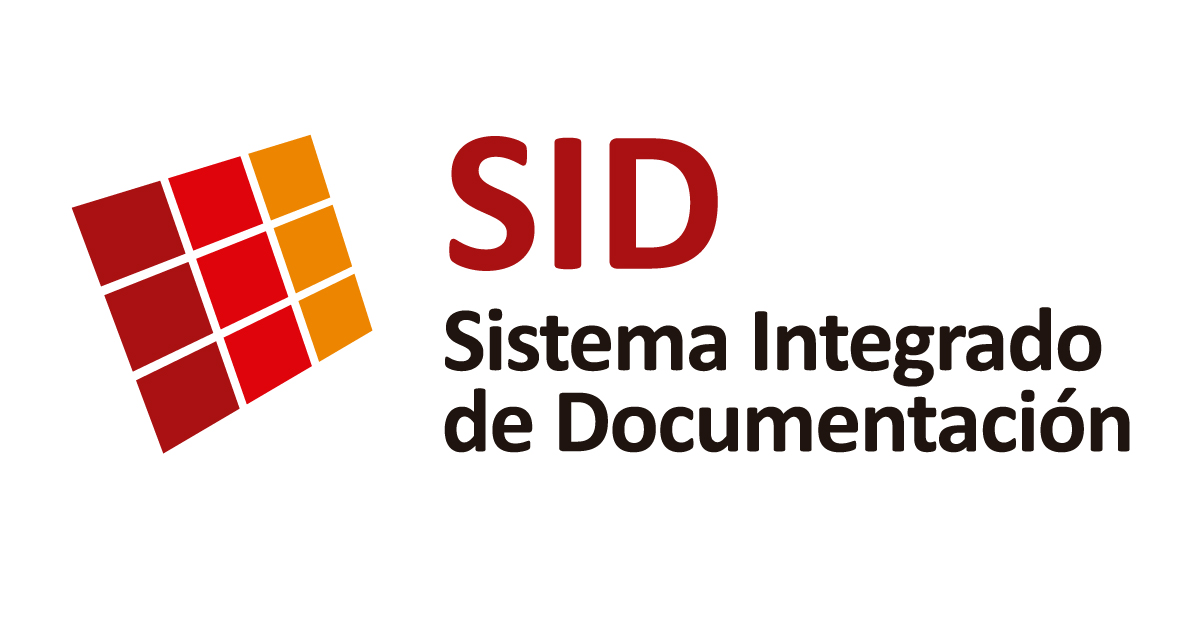The impact of Harmonized System on Rules of Origin
DOI:
https://doi.org/10.24215/24689912e040Keywords:
rules of origin, harmonized system, trade facilitation, tariff correlations, Trade AgreementsAbstract
This article analyzes the impact of the Harmonized System (HS) on rules of origin based on changes in tariff classification. In particular, it addresses the distortions caused by the limited implementation of and the delayed adaptation to the requirements established in successive versions of the SA.
The article centers on the impact of these delays. It demonstrates that the expiration of rules of origin in most agreements has diminished trade transparency, causing errors and other discrepancies. This issue is further aggravated by the notorious preeminence of changes in classification rules of origin. The resulting situation undoubtedly constitutes a breach of the WTO Trade Facilitation Agreement provisions.
Downloads
Metrics
References
Angeli, M. J., Gourdon, J., Gutierrez, I. y Kowalsky, P. (2020). Rules of Origin. In A. Mattoo, N. Rocha, M. Ruta (Eds.), Handbook of Deep Trade Agreements(pp.249-290). World Bank. https://openknowledge.worldbank.org/handle/10986/34055
Azzam, M. W. (2018, April 18). Origin Certification. CRO-Information Session. https://www.wto.org/english/news_e/news18_e/presentation_2_wco_legal_instruments_cro_meeting_2018.pdf
Brenton, P. (2011). Preferential Rules of Origin. In J. P. Chauffour, y J. Ch. Maur (Eds.), Preferential trade agreement Policies for development. A Handbook (pp. 161-77). World Bank. https://na.eventscloud.com/ehome/wcoorigin2021/1118735/
Cornejo, R. (2022, 1 de Abril). Incomprensibles distorsiones en las reglas de origen. Conversando de origen.https://blog.origen.digital/es/2022/04/01/incomprensibles-distorsiones-en-las-reglas-de-origen/
Cornejo, R. (2022, 15 de Febrero). Acerca de este Blog. Conversando de origen.https://blog.origen.digital/es/2022/02/15/acerca-de-este-blog/
Cornejo, R. (2021, March 10-12). Impact of HS revisions on product specific rules of origin: mapping of equivalences and a software solution [Presentación en Conferencia]. 2nd.WCOGlobal Origin Conference, evento virtual.https://na.eventscloud.com/ehome/wcoorigin2021/1118735/
Cornejo, R. (2020). Trazar desde el origen. Blockchain y comercio internacional: Nuevas tecnologías para una mayor y mejor inserción internacional de América Latina. Revista Integración & Comercio, (46), 87-106. https://publications.iadb.org/es/revista-integracion-comercio-ano-24-no-46-diciembre-2020-blockchain-y-comercio-internacional-nuevas-tecnologias
Cornejo, R. (2017,). Facilitación del comercio y reglas de origen: una agenda pendiente. Puentes, 18(1).https://ictsd.iisd.org/bridges-news/puentes/news/facilitaci%C3%B3n-del-comercio-y-reglas-de-origen-una-agenda-pendiente
Cornejo, R. (2005). Recientes innovaciones en los regímenes de origen y su incidencia en el proceso de verificación: el caso del CAFTA.INTAL ITD Documento de Divulgación, (33), 1-37. https://publications.iadb.org/publications/spanish/document/Recientes-innovaciones-en-los-reg%C3%ADmenes-de-origen-y-su-incidencia-en-el-proceso-de-verificación-El-caso-del-CAFTA.pdf
Cornejo, R. y Bello Zuloaga, M. (2010). La certificación de origen digital como mecanismo para la facilitación de comercio. Nota Técnica del Banco Interamericano de Desarrollo. https://publications.iadb.org/en/publications?keys=rafael+cornejo
Demba, S. (2021, July 3). Rules of Origin (1) -General Aspects. WCO Knowledge Academy. https://na.eventscloud.com/file_uploads/14f26959ca6dd49bbb7411785439ee9d_RulesofOrigin1_english_KACT2021.pdf
Estevadeordal, A. y Suominen, K. (2004). Rules of Origin in FTAs in Europe and in the Americas: Issues and Implications for the EU-Mercosur Inter-Regional Association Agreement. INTAL-ITD Working Paper (15), 3-22. https://publications.iadb.org/publications/english/document/Rules-of-Origin-in-FTAs-in-Europe-and-in-the-Americas-Issues-and-Implications-for-the-EU-Mercosur-Inter-Regional-Association-Agreement.pdf
Inama, S. (2009). Rules of Origin in International Trade. Cambridge University Press. https://doi.org/10.1017/CBO9780511551949
Jones, V. C. y Wong, L. (2020). International Trade: Rules of Origin. Congressional Research Service(RL34524). https://sgp.fas.org/crs/row/RL34524.pdf
Origen Digital. (2022). Conversión de Reglas de Origen. http://www.origen.digital/plataformas-tecnologicas-reglas-de-origen
Reinsch, W. A., Caporal, J., Waddoups, M. y Tekarli, N. (2019). The Impact of Rules of Origin on Supply Chains: USMCA’s Auto Rules as a Case Study. Center for Strategic and International Studies.https://www.wita.org/wp-content/uploads/2019/04/190403_Scholl_RulesofOrigin_WEB_v3.pdf
Tanaka, A. (2011, November 11). World Trends in Preferential Origin. Certification and Verification. WCO Research Paper, (20), 1-24. http://www.wcoomd.org/-/media/wco/public/global/pdf/topics/research/research-paper-series/20_preforigin_worldtrends_tanaka_en.pdf
U.S Customs,& Border Protection. (2006, March). How Do I Read Tariff Shift Rules? And Other Textile and Apparel Rules of Origin. Questions You Were Afraid to Ask. U.S. [Power Point slides].International Development Systems. https://www.ids.trade/files/news/2006/tariff_shift.pdf
World Customs Organization. (2020). Correlation Tables 2017-2022. http://www.wcoomd.org/en/topics/nomenclature/instrument-and-tools/hs-nomenclature-2022-edition/correlation-tables-hs-2017-2022.aspx
World Customs Organization. (2020, July 1st). Frequently Asked Questions (FAQ) for Rules of Origin. http://www.wcoomd.org/en/topics/origin/overview/faq-origin.aspx
World Customs Organization. (2016). Correlation Table 2012-2017. http://www.wcoomd.org/en/topics/nomenclature/instrument-and-tools/hs-nomenclature-2017-edition/correlation-tables-hs-2012-to-2017.aspx
World Customs Organization. (2015). Guía de actualización técnica de las normas de origen preferenciales. Cómo actualizar las Normas de origen preferenciales existentes de acuerdo a las enmiendas introducidas en el Sistema Armonizado [actualizado a mayo 2017]. World Customs Organization. http://www.wcoomd.org/-/media/wco/public/es/pdf/topics/origin/instruments-and-tools/guidelines/guide-for-updating-the-preferential-rules-of-origin-es.pdf?db=web
World Customs Organization. (2015). Study on the Use of ‘Change of Tariff Classification-Based Rules’ in Preferential Rules of Origin.. http://www.wcoomd.org/-/media/wco/public/global/pdf/topics/origin/instruments-and-tools/comparative-study/related-documents/study-on-the-use-of-change-of-tariff-classification_based-rules-en.pdf?db=web
World Customs Organization. (2013). Origin Irregularity typology study. World Customs Organization. http://www.wcoomd.org/~/media/wco/public/global/pdf/topics/origin/instruments-and-tools/comparative-study/related-documents/origin-irregularity-typology-study-_final_-en.pdf?db=web
World Customs Organization. (2012). Guidelines on preferential origin verification. World Customs Organization [actualizado a julio 2015]. https://www.wcoesarocb.org/wp-content/uploads/2017/03/Phase-I-Guidelines_preferential_origin_verification.pdf
World Customs Organization. (1994). Agreement on Rules of Origin.http://www.wcoomd.org/en/topics/origin/instrument-and-tools/wto-agreement-on-rules-of-origin.aspx
World Customs Organization. (2004). Correlation Table 1996-2002.http://www.wcoomd.org/en/topics/nomenclature/instrument-and-tools/hs_nomenclature_previous_editions/correlation_table_2002.aspx
World Customs Organization. (s/f). What is the Harmonized System (HS)? http://www.wcoomd.org/en/topics/nomenclature/overview/what-is-the-harmonized-system.aspx
World Customs Organization. (s/f). Rules of procedure of the harmonized system committee. http://www.wcoomd.org/-/media/wco/public/global/pdf/about-us/wco-working-bodies/tariffs-and-trade/hs-committees/hs_rules_procedure_en.pdf?la=en
World Customs Organization. (s/f). Technical Information on Rules of Origin. https://www.wto.org/english/tratop_e/roi_e/roi_info_e.htm
World Customs Organization (s/f). Normas de Origen - Manual.http://www.wcoomd.org/-/media/wco/public/es/pdf/topics/origin/instruments-and-tools/origin-handbook/normas-de-origin_handbook_esp.pdf
Downloads
Published
How to Cite
Issue
Section
License
Copyright (c) 2022 Rafael Cornejo

This work is licensed under a Creative Commons Attribution-NonCommercial-NoDerivatives 3.0 Unported License.
Obras bajo licencia CC-BY-NC-ND
Esta licencia no permite la generación de obras derivadas ni hacer un uso comercial de la obra original, es decir, sólo son posibles los usos y finalidades que no tengan carácter comercial.


































